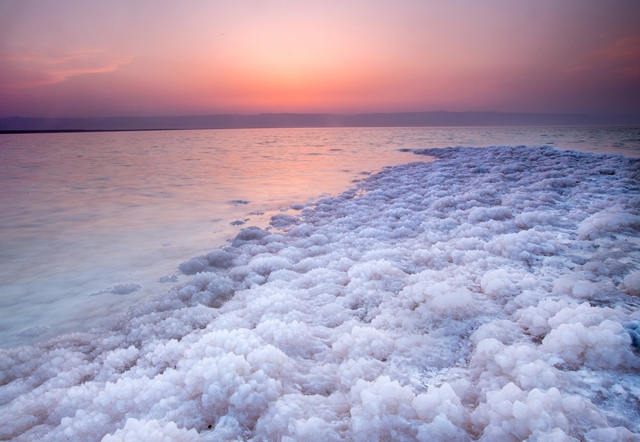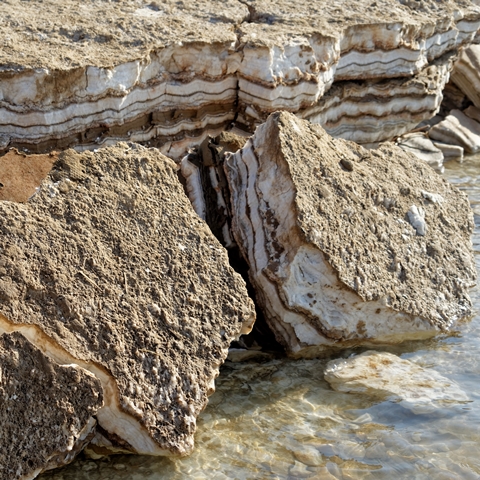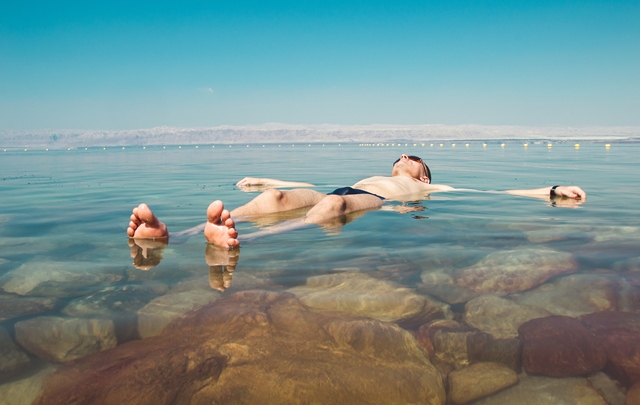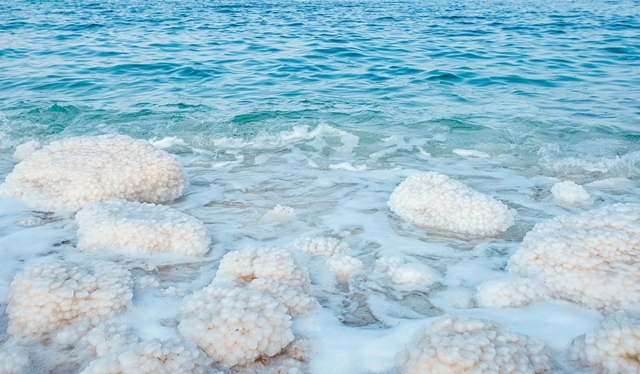
Dead Sea History
Dead Sea History – How Far Back Does History Go? The history of the Dead Sea begins in the Bible, as the Dead Sea is already mentioned in Pentateuch, in the Book of Genesis. The Scriptures relate that an angel destroyed Sodom and Gomorrah, which are located in this area, sitting right in the area, and helped Lot and his family escape. To this day, hikers in the area invariably search for the legendary “pillar of salt”, that was once Lot’s wife. (And if you’re lucky enough to find it, tell us) But if you look at it from other aspects, the Dead Sea history is much more ancient than the Bible. That is because it is an integral part of the African Syrian rift that, according to some opinions, many many years ago!!! (We have no idea how they calculated it) This great valley, similar to its name, is a rift between the plates on which Asian and African continents sit opposite each other, creating a huge fissure between them – a fissure that begins in Turkey and descends all the way down the Jordan River, south to Mozambique. The Dead Sea is the lowest part of the rift, and overall, it is the lowest point in the world!
How was the Dead Sea created?
According to scholars who are experts on the African Syrian rift, the Dead Sea region was once just another wide, flat valley full of fresh water. As the tectonic plates began to move, the bottom of the valley began to break up in some places and was filled with pits. Among them is the Dead Sea.
How did the Dead Sea become salty?
Fresh water flowed into the rift created in the Dead Sea Valley, because it was connected to the Mediterranean via the Jezreel Valley. (Remember – we are talking about many many years ago.) But then the rift was cut off from the sea, the fresh water began to evaporate, and the sediment from the rocks in the vicinity that reached into the remaining water left there made it the lake with the fourth highest level of salinity in the world. The Dead Sea, regardless of what stage of formation it was in, was always in a mountainous, dry area, with extremely harsh and hot weather conditions and very poor water sources. But the hot springs scattered along its shores have always attracted bathers who came in search of cures for disease. Throughout history, settlements have risen and fallen in the Dead Sea region. Two of them, which are quite ancient and full of history, still exist today. One is Jericho, the date town of the Dead Sea, in the fertile spring area, and the other is Ein Gedi, which extends towards the western coast of the sea. Go to the main page of the blog, and learn more from a variety of other articles: Dead Sea Blog






